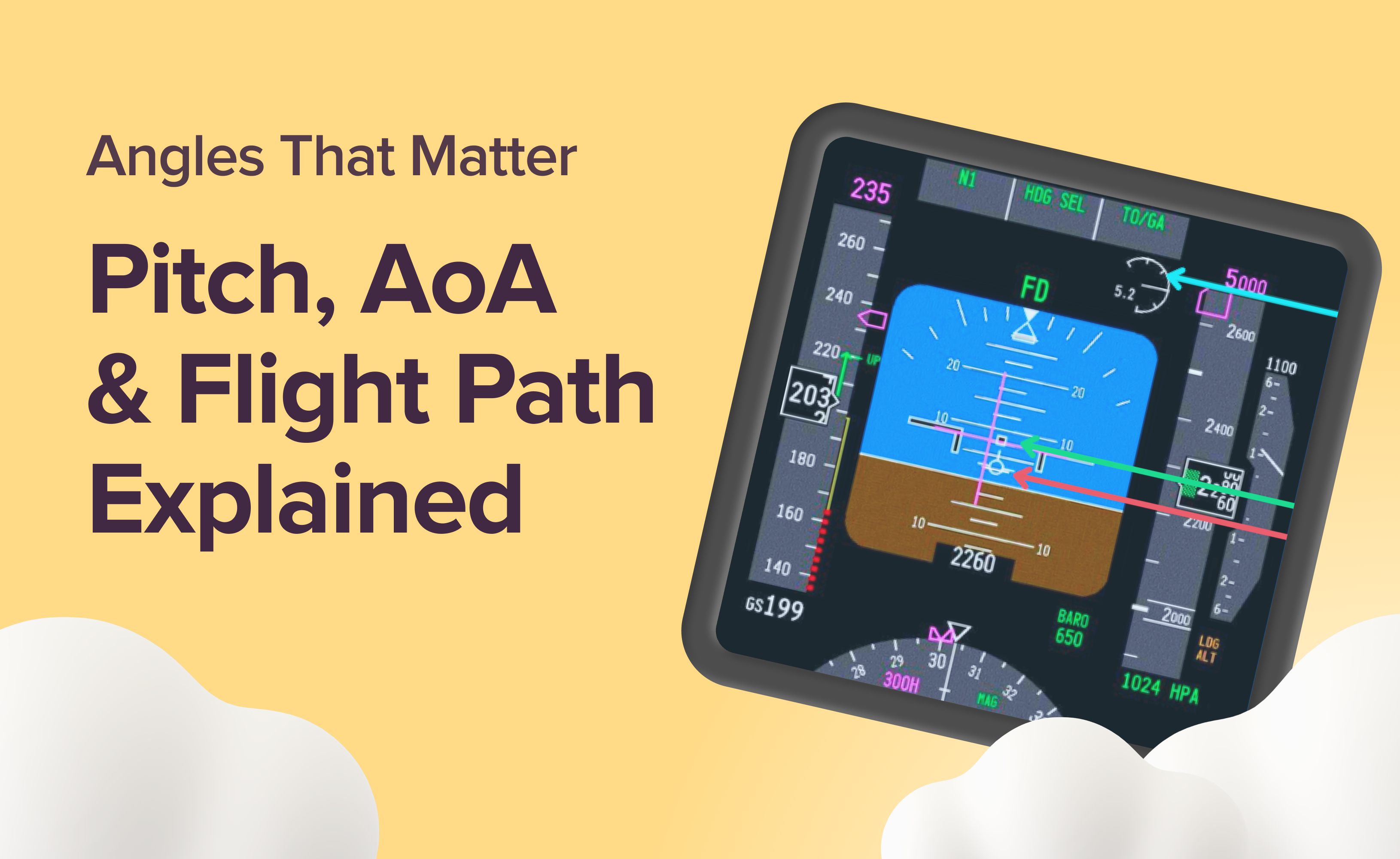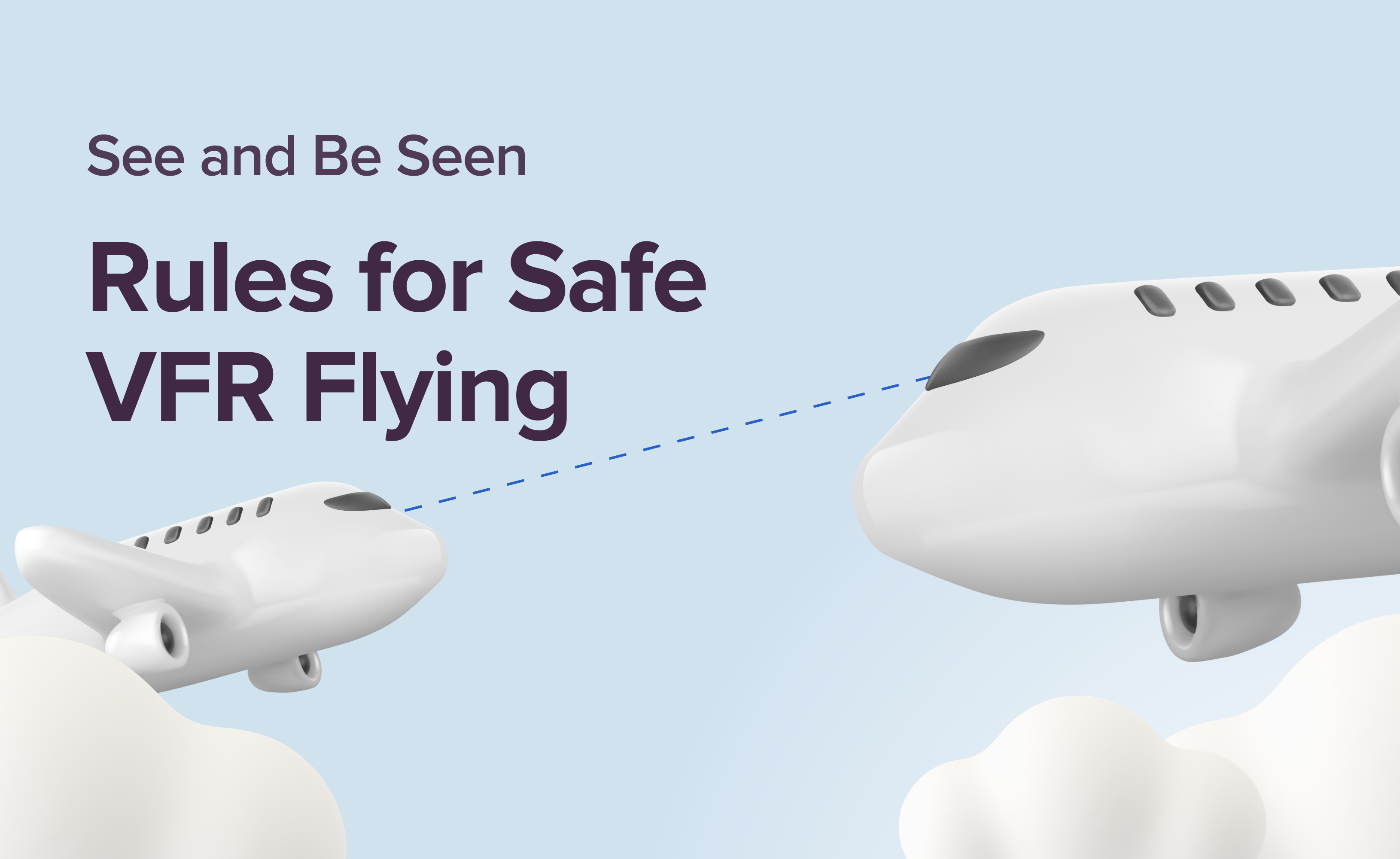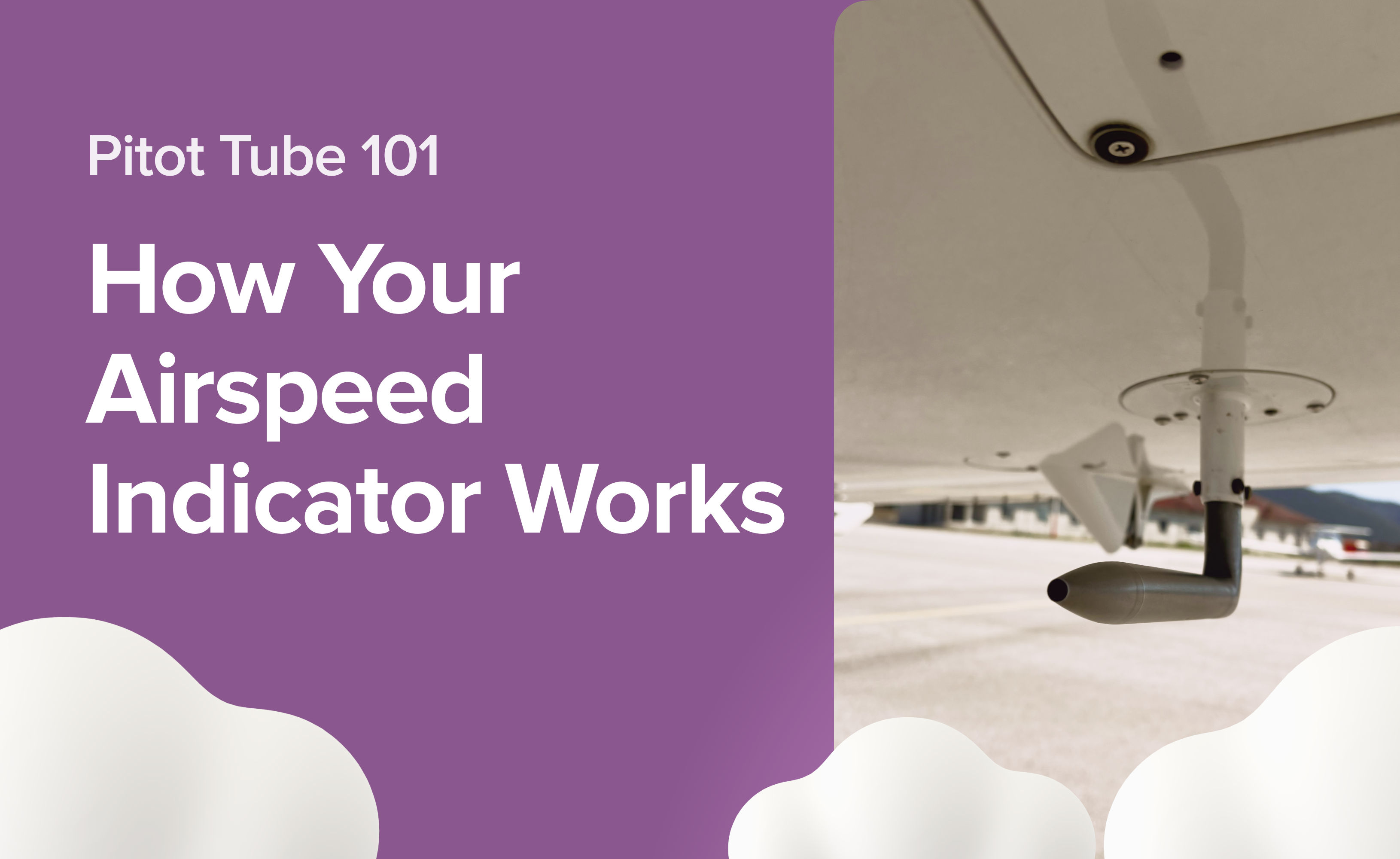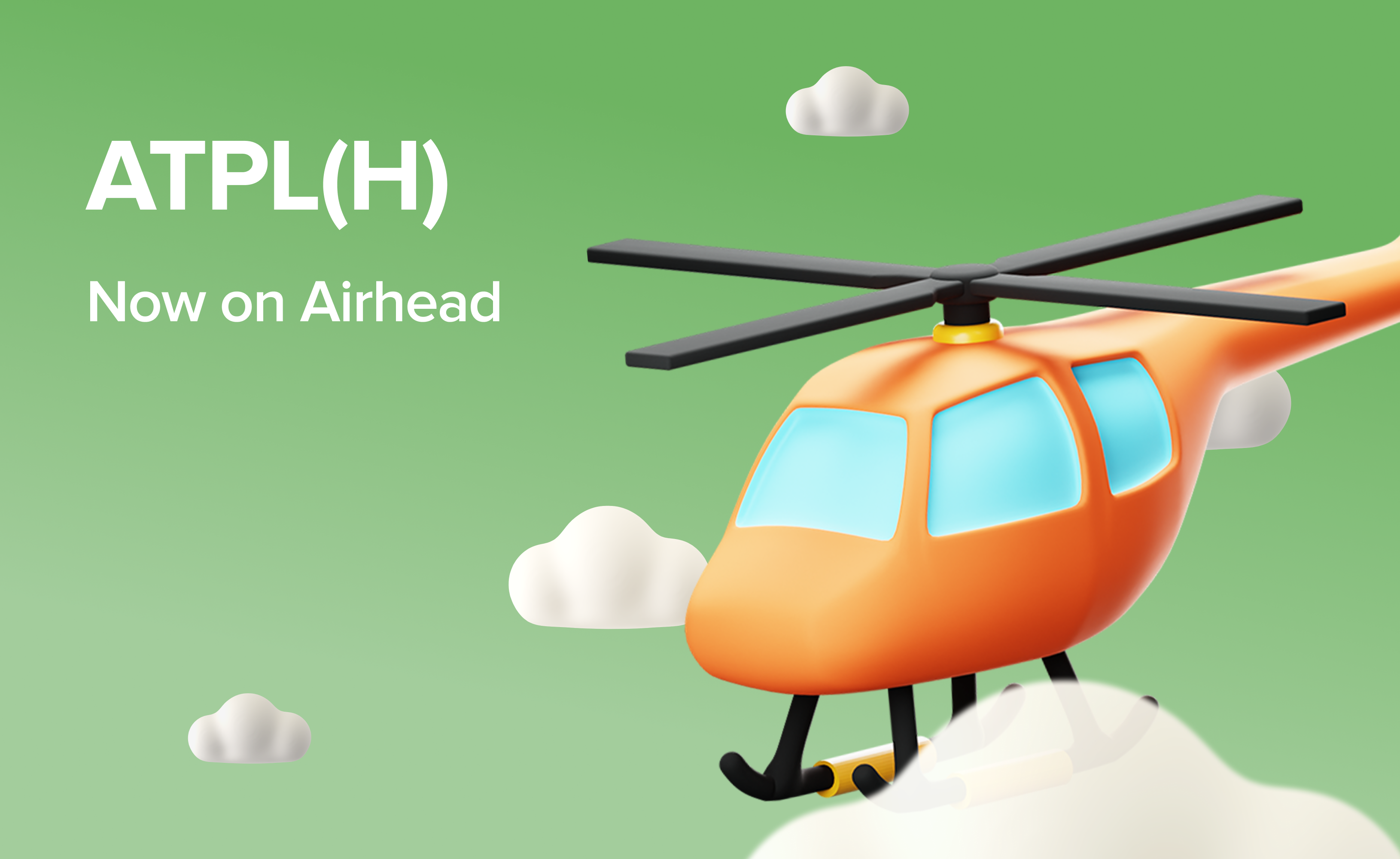Beyond the Letters: Cracking the Airport Codes

Heathrow's “LHR” and Los Angeles's "KLAX" are just two examples of airport codes – the short, crucial identifiers that make global aviation possible. They appear on everything from your boarding pass to flight plans. And while they may look like random letters at first glance, a clever system underlies their design.
These codes go beyond ease of usage, they’re rooted in history, geography, and international aviation standards. Whether you're a student pilot filing your first flight plan or a frequent flyer puzzled by a cryptic three-letter tag, understanding airport codes is part of discovering the language of flight.
Which airports are the true giants of European aviation? We've ranked the top 10 busiest in the UK & Europe by 2024 passenger traffic. Find out who's flying high!
Background of Airport Codes
In aviation’s early days, airports were often just grass strips or repurposed military fields, and pilots simply used the city names or landmarks nearby to refer to them. Back then, all communication was done via Morse code over radio. Since Morse had to be transmitted one letter at a time, spelling out something like “Charles de Gaulle Airport” wasn’t exactly efficient. So instead, pilots and weather services used two-letter weather station identifiers to represent nearby airports.
But two-letter codes have a limit: you can only create 676 unique combinations (from A to Z, twice). As aviation grew (especially after WWII and with the rise of international commercial flying) it became clear that we needed a standardised, globally recognised system to identify airports efficiently and without language barriers. That’s where airport codes come in.
Want to go behind the scenes of the airline industry? Discover 20 insights from flight insiders in our latest blog post, Getting to Know the Airline Industry: 20 Insights from Flight Insiders.
Keep reading as we break down each of the three types of airport codes.
What Are Airport Codes?
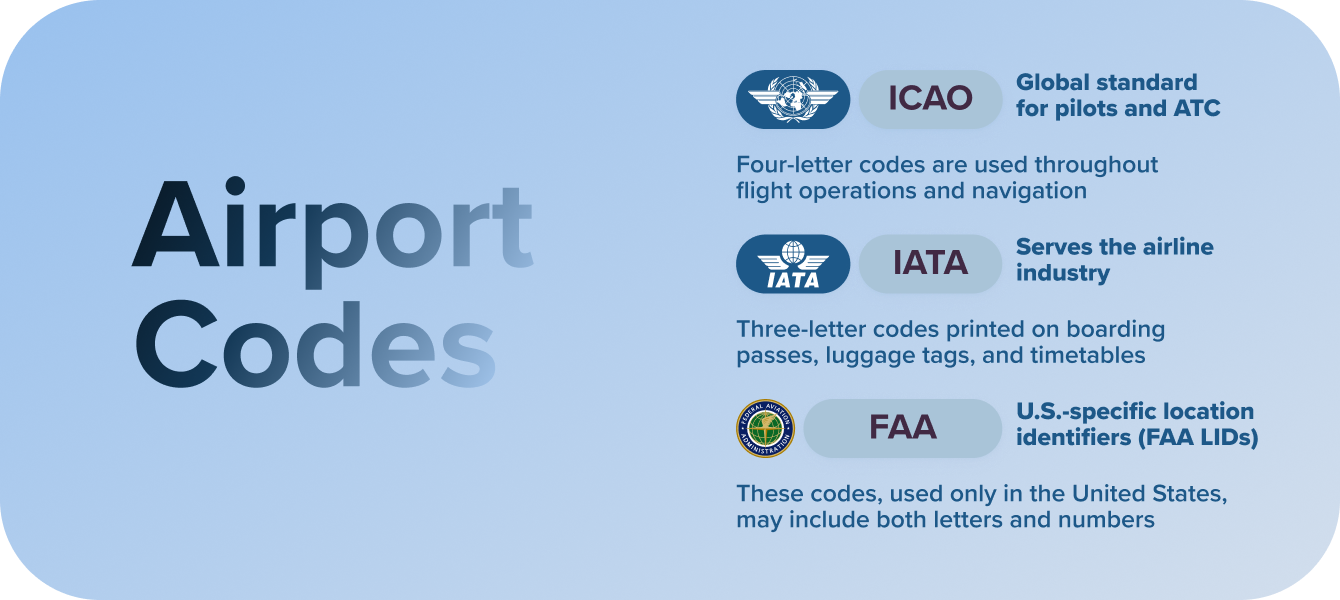
At their core, airport codes are unique identifiers assigned to airfields. These codes are used in everything from air traffic control and flight planning, to baggage handling and ticketing systems. They help streamline communication and prevent confusion across the global aviation community.
There are three main types of airport codes you’ll come across:
ICAO Codes – The official four-letter codes used globally by pilots and air traffic control.
IATA Codes – The three-letter codes you’ll see on boarding passes and luggage tags.
FAA LID Codes – Mainly used in the United States for smaller airfields and heliports.
These codes may look like alphabet soup, but once you learn how to read them, they start telling a story, about location, history, and function. And here's the twist: not every airport has the same kind of code. Some airfields have all three. Others might not have one at all.
Passionate about planes and the perfect photo opportunity? Uncover the 14 best vantage points to witness incredible aviation action in our must-read blog, Aircraft Spotting: 14 Top Spots Across the UK and Europe.
ICAO Code Breakdown
The International Backbone of Flight Ops
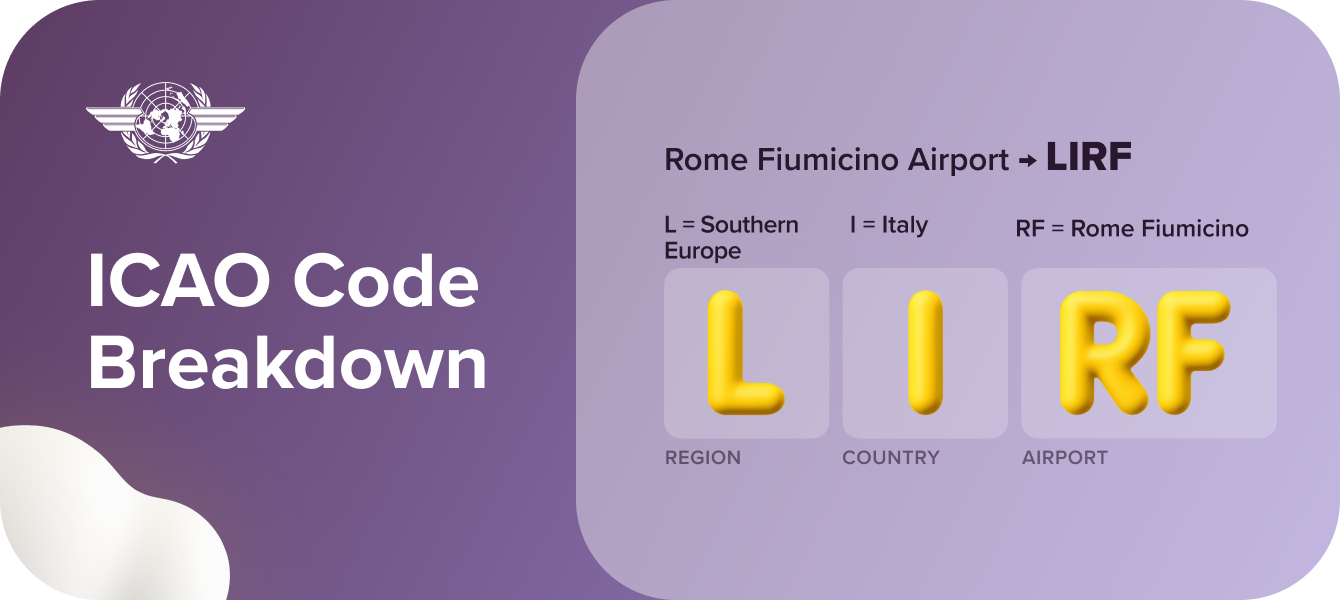
The International Civil Aviation Organization (ICAO), a UN agency responsible for standardizing global aviation safety, regulations, and infrastructure, introduced its four-letter code system in 1947. With over 450,000 unique combinations, this system is adopted globally for all flight plans, air traffic control, navigation, and professional aviation operations.
ICAO codes are designed with a unique, non-duplicated regional structure. The first one or two letters refer to the country or region: E = Northern Europe (e.g. EG = UK), L = Southern Europe (e.g. LF = France, LE = Spain), K = United States, C = Canada.
A map below classifies countries by their ICAO code prefix.
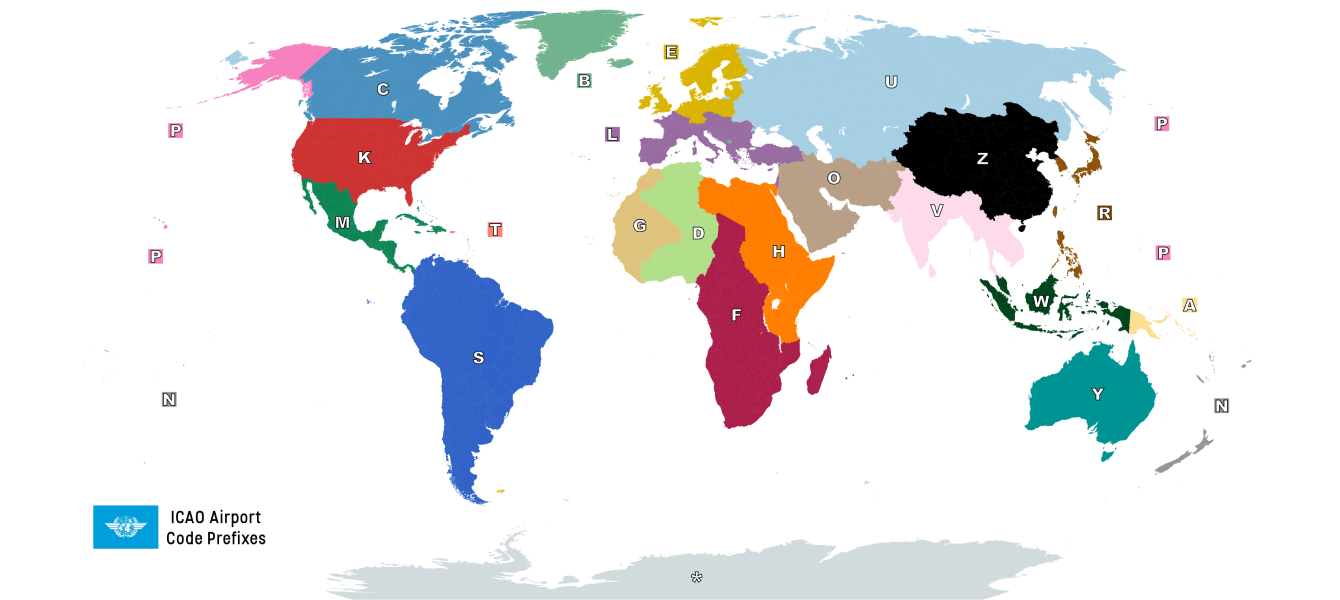
Where You’ll See ICAO codes: Flight planning software, ATC communications, NOTAMs, weather reports (METAR/TAF), and navigation databases. ICAO codes are your best friend when filing VFR flight plans or reading weather reports.
IATA Code Breakdown
What You See on Your Luggage Tag
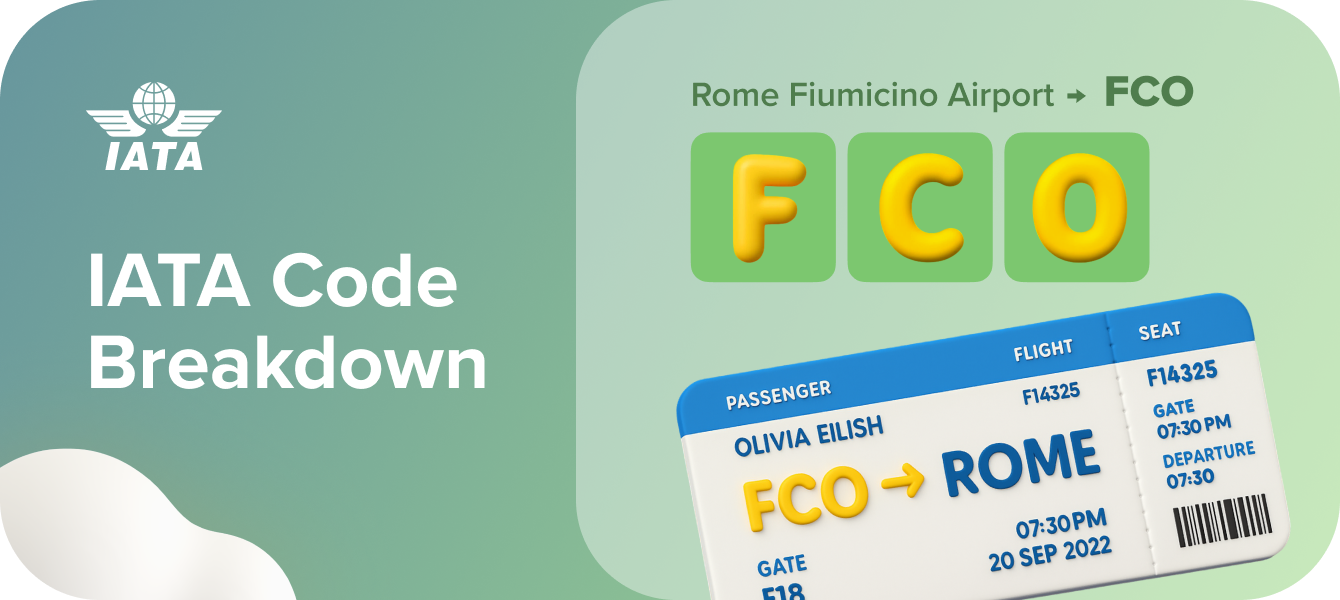
International Air Transport Association (IATA) launched its three-letter code system. These were created for use in passenger-facing operations, offering a simpler format for travellers. IATA codes are often based on city names or historic references: LHR for London Heathrow, CDG for Charles de Gaulle, FCO for Rome Fiumicino, JFK for John F. Kennedy.
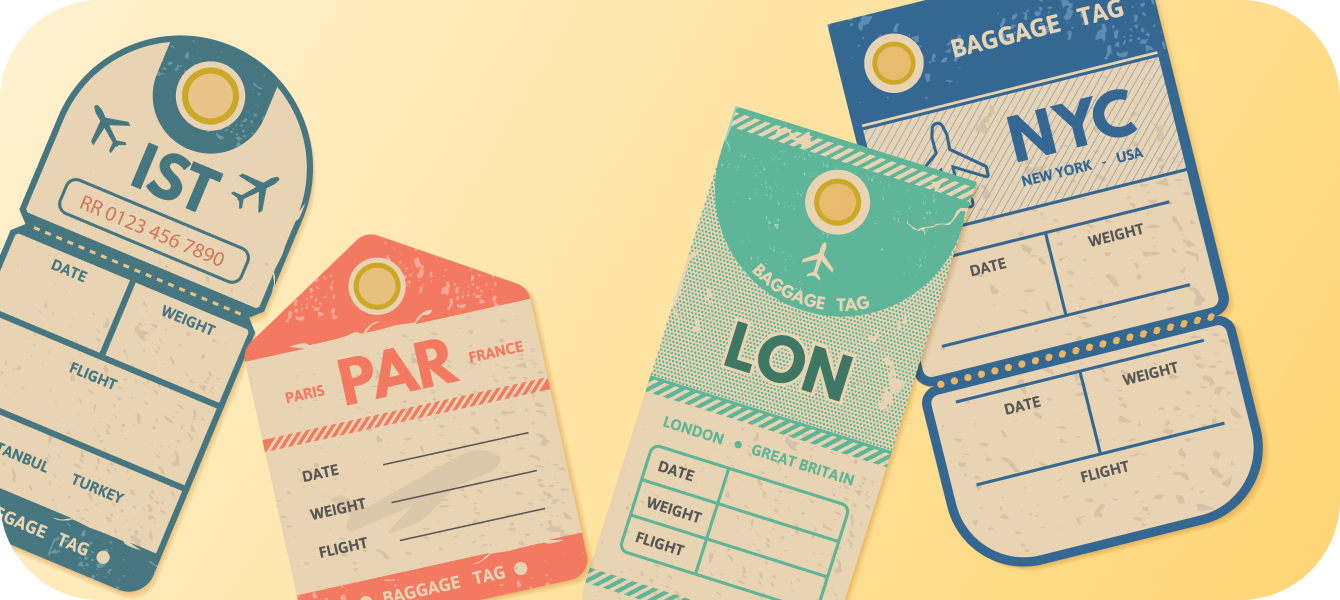
Where You’ll See It: Boarding passes, airline websites, airport signage, and departure boards. While not used for flight ops, these codes help familiarise you with major airfields—and understanding them builds aviation fluency.
Discover the airports that pilots truly appreciate for their design and functionality. Explore these 11 stunning airports in our blog, Where Beauty Meets Efficiency.
FAA Location Identifiers (LIDs)
U.S. Airfields’ Local Names
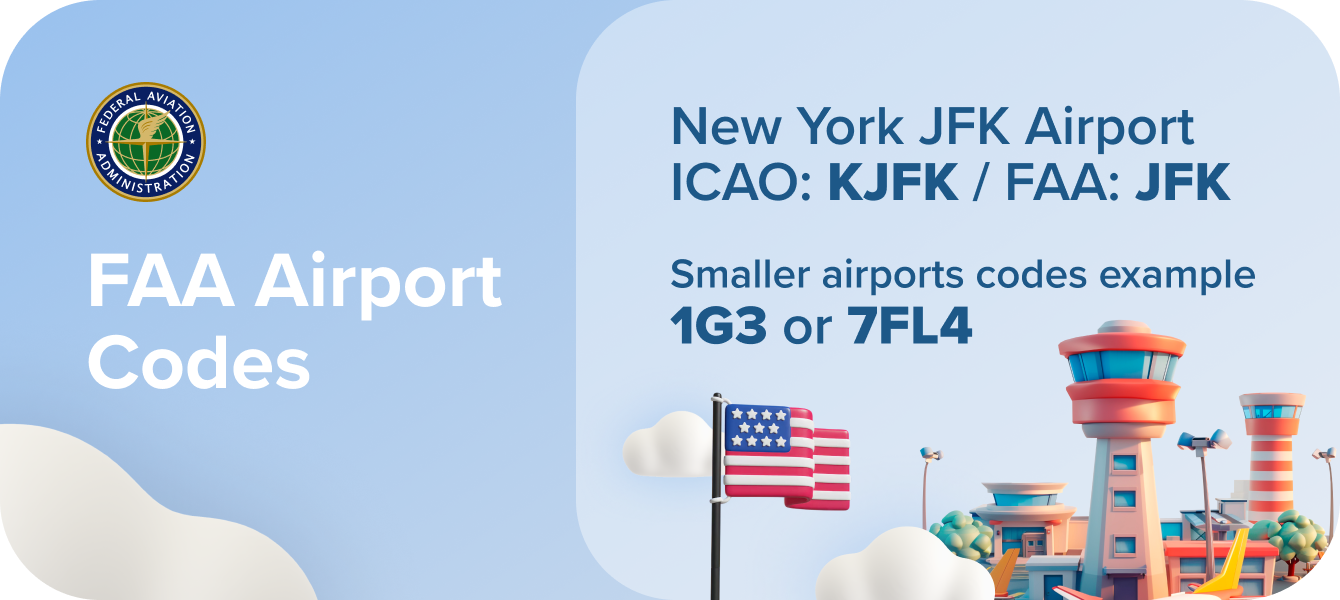
In the United States, the Federal Aviation Administration (FAA) adopted and adapted the original two-letter codes in 1958, expanding them into a three-character “Location Identifier” (LID) system. These FAA codes are used for flight plans, weather reporting, and smaller airports that may not have ICAO or IATA codes.
The FAA uses these identifiers primarily for domestic navigation and weather reporting. The LIDs typically consist of 3 to 5 characters (often 3, e.g. LAX, DFW, but also 2O3 for small fields). Some small airports and heliports use alphanumeric codes (e.g. 3B9), especially if they lack an ICAO or IATA designation.
Student Pilot Tip: For training in the U.S., you’ll most often see FAA LIDs in your flight school syllabus and sectional charts—especially at smaller fields.
These airport landings will leave you on the edge of your seat. Explore The 10 Extreme Airport Landings Worldwide on our blog.
Fun Examples of Airport Codes
Airport codes aren't always what you'd expect – and some are hilariously memorable! Take SUX, the code for Sioux City, Iowa. Far from being a source of embarrassment, residents have embraced their unique appellation, even selling souvenirs proudly emblazoned with the "SUX" logo.
But it gets even stranger. It seems some codes might have been picked by a kindergartner: Russia's Bolshoye Savino Airport is PEE, while Brazil's Poco De Caldas Airport has to live with POO. You'll also chuckle at Rotorua, New Zealand's ROT, and Louisiana's Barksdale Air Force Base simply being BAD.
And there are more oddities: Fresno, California's code is FAT (which locals reportedly aren't thrilled about), and Grand Rapids, Michigan's Gerald R. Ford International Airport gets the growly GRR.
Ever heard of Zulu time and wondered why it's so crucial in aviation? Discover what Zulu time is, why it's the unchanging standard for pilots worldwide, and learn simple ways to calculate it yourself. Dive into “Clock That Never Changes” on our blog to master this essential concept for seamless global operations.

Which Code Do You Use?
To wrap things up, we've condensed the main concepts into a quick reference chart, so you can easily remember and grasp the essentials of airport codes.
Code Type | Format | Used For | Example |
ICAO | 4 letters | Flight ops, ATC, weather | EGLL (London Heathrow) |
IATA | 3 letters | Tickets, timetables, baggage | LHR (London Heathrow) |
FAA LID | 3–5 characters | Domestic ops in the U.S. | 2O3 (Angwin Airport, CA) |






